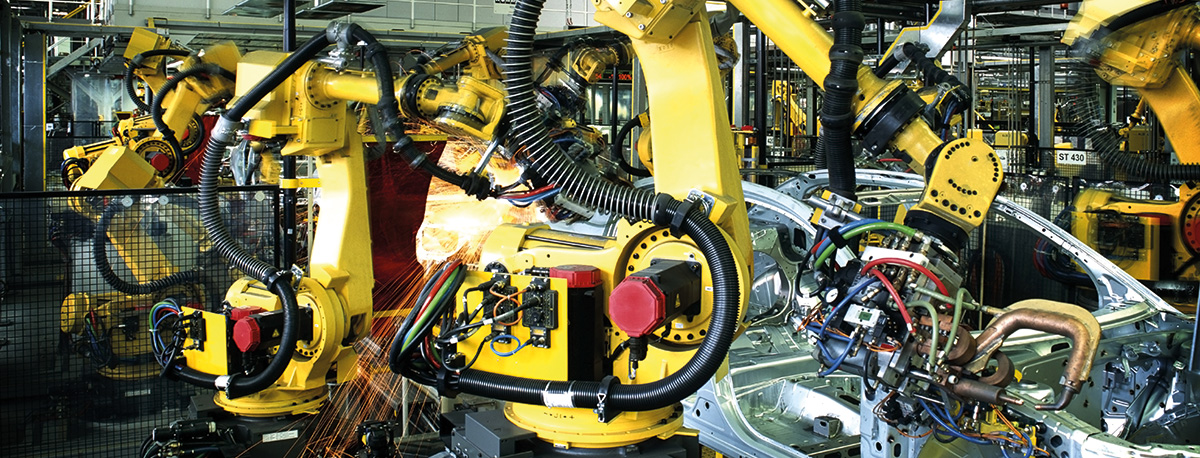
How to know if you are suffering from poor power quality?
Power quality is becoming a critical issue in electrical environments as industry, automation and machinery are constantly increasing. Every day more variable frequency drives (VFD) and other non-linear, non-symmetric, and changing loads are being connected to electrical networks. They get more sensitive to poor power quality issues, which they often generate themselves.
Poor power quality can appear in many shapes and forms. Typical types are:
- harmonics
- voltage or current unbalances
- interruptions
- and transients
Good power quality is perfect compatibility between the electrical network and electrical devices. Failure to properly mitigate these power quality problems can cause heavy economic and technical issues. In this blog, we help you to understand this complicated subject, and present to you the ways to identify and solve these problems.
Characterization of power quality problems
The key to identifying and solving power quality problems is understanding this complicated subject. Power quality classifications categorize different power quality problems and cut the subject into smaller sections, which usually works in favor of understanding the bigger picture. Classifications use different properties to categorize power quality problems. Some of them focus on durations and magnitudes, while others study the steady-state and non-steady-state -properties of the events. Wave shapes and frequency ranges are also commonly used. These characterizations include sub-categories that divide the problem even more.
Sources of typical power quality problems
Transients are high rises of currents and voltages in short periods of time, and they can originate i.e., from lightning strikes or component switching. Harmonics are usually produced by semiconductor-based power supplies, conventional electromagnetic machines, inverter-fed AC drives, rotating machines, etc. The list could go on for much longer and the possible sources of harmonics are constantly increasing in different power systems. Unbalance is usually caused by unequal voltage drops or losses in different phases. The main reasons for interruptions in the power supply system are usually blown fuses, opened breakers, and equipment or control failures or malfunctions.
When equipment and production are affected…
What makes power quality problems so harmful is that the effects aren’t usually noticed before a failure happens. The first ones to directly suffer from it are the individual components, devices, and other equipment in the electrical network. From overheating, malfunctions, and underperformance to breakdowns and shutdowns, anything is possible. These all significantly shorten the lifetime and cause the deterioration of equipment. Damaged or non-functioning equipment will cause all kinds of other issues in the facility. When machines can’t function properly, production downtime increases, speed reduces, and capacity drops. Human health and safety hazards are also a huge concern. In the worst-case scenario, system shutdowns start to harm production.
Cost of poor power quality
Power quality problems can also be classified by the costs they cause to the end user. Those costs are usually divided into direct and indirect costs. Direct costs come from damaged equipment, a reduced lifetime of components, restarts of processes, and loss of production and time. Indirect costs are caused by production delays and lost market share. Financial penalties can also be a large part of the costs caused by poor power quality.

Pricey penalties for poor power quality
Most countries worldwide have power quality standards and recommendations in place, such as IEEE519, G5/4, and EN 50160. These grid codes require always keeping power quality within the prescribed range for electrical systems to function in their intended manner without any issues. If this does not happen, the facility receives a fine and must pay a considerable price for non-compliance with grid codes. They might even have to shut down all operations that degrade the power quality until it can get under control and between the recommended range.
It is also important to mention excess reactive power. Too much reactive power in the electrical system creates an additional load on the cables, wires, and electrical equipment which then contributes to a long list of various issues. For this reason, not having reactive power under control will also result in expensive penalties for the facility.
It really is everyone’s problem
Improving power quality should be a common goal for everyone. It must be an important part of the design, maintenance, and operation of all devices in the power system. Power quality improvement should be one of the main concerns throughout the whole life cycle of every component in the network. The responsibility is on everyone from manufacturer to end-user and utility to take care of the compatibility between the electricity supplied on a network and the loads connected to that network.
Do you recognize power quality problems in your production and would like to know how the situation could be improved? Our team is made of experienced engineers, excited to help you go from inspiration to solution. Their highly valued expertise is in solving power quality problems in a wide variety of industries around the world. Our products are modular and easy to scale for very different needs. Contact us and get expert advice that fits your purposes!